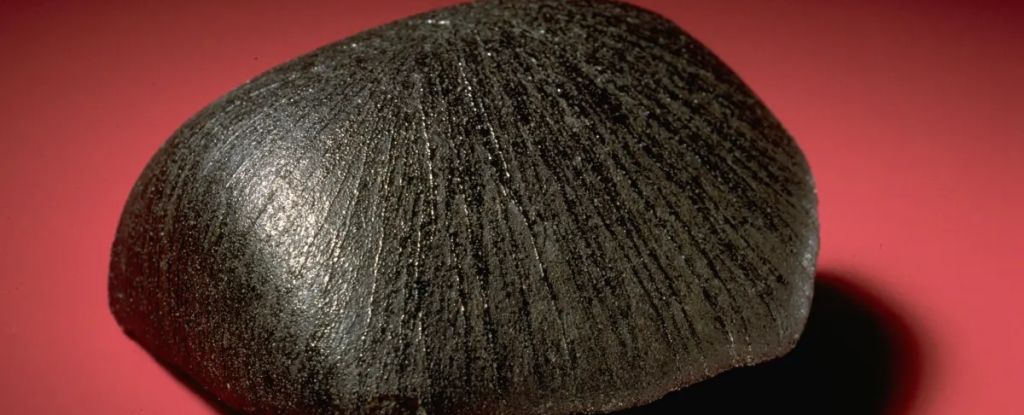ARTICLE AD
Apple and Goldman Sachs were hit with over $89 million in fines on Wednesday over technical issues related to the Apple Card. The Consumer Financial Protection Bureau (CFPB) brought the action.
Apple is being ordered to pay $25 million in civil penalties, while Goldman Sachs will pay a $45 million civil penalty and $19.8 million in refunds to customers affected by issues with the credit card. The CFPB hasn’t provided clear instructions on how customers can collect a refund, so your best bet is probably just to contact Goldman Sachs for now.
The crux of the CFPB’s case is that both Apple and Goldman Sachs—neither of whom have much prior experience in consumer lending—were inept in their rollout of the Apple Card, which was introduced in 2019. The credit card is deeply integrated into iOS (you need an iPhone to even get one) and has served as another potentially lucrative business for Apple, which has been looking more towards services for growth. Goldman for its part wanted to expand beyond investment banking into consumer lending. But neither company had any experience introducing a credit card, especially not one with such big publicity or high expectations.
While Apple is known for releasing top-tier hardware, it receives fewer plaudits on the software side, releasing buggy or otherwise confounding operating system features before eventually working out the kinks. From reading the CFPB’s press release, it sounds like that reputation followed it to the Apple Card.
For instance, one of the notable benefits of the Apple Card is that cardholders can use it to purchase Apple products like iPhones with interest-free financing. But, Apple being Apple, it would only display the option to choose a payment plan for cardholders using Safari. Cardholders who believed they would automatically receive the financing because they used their Apple Card would end up paying for the products on interest.
The CFPB outlined several other issues it identified with the Apple Card. The biggest one centers around the dispute process. The agency says that Goldman Sachs was too slow to follow up on consumer disputes submitted by cardholders—an issue that has proliferated Reddit discussions since the card was introduced. “The bank failed to consistently send acknowledgment notices within 30 days, conduct reasonable investigations, or send resolution letters explaining the determinations of its investigations within 90 days,” the agency said.
Goldman Sachs is the lender for the Apple Card, responsible for underwriting and customer service—Apple doesn’t issue the loans itself. So it makes sense that the CFPB’s issues with Apple center around technical problems. Another one relates to how Apple communicated customer disputes to Goldman. In some cases, when an Apple Card cardholder tried to dispute a transaction on their statement through the Wallet app, Apple would send the cardholder an iMessage link to a website where they were asked to provide more information. The CFPB says that Apple would not send the dispute to Goldman unless the secondary form was completed, resulting in “tens of thousands” of disputes not being received or processed, presumably because cardholders didn’t see the message or didn’t think they needed to complete it.
The partnership between Goldman Sachs and Apple was fraught from the beginning. It’s been reported that Goldman gave Apple a lot of concessions in order to get the deal, including accepting lower fees in order to give consumers generous cashback and making the card available even to consumers with subprime credit scores. Goldman has reportedly lost more than $6 billion on the Apple Card—including on defaults from those subprime cardholders—and has been trying to get out of its partnership with Apple for quite some time. The company has altogether decided to give up consumer lending and return to what it knows best. It’s unclear what bank might take over the credit card if Goldman were to bail.
Ultimately, the Apple Card isn’t even very good. The biggest perk is 2% cashback on purchases made using Apple Pay, but a lot of other credit cards offer 2% back and you’re not restricted to using contactless payment. And they don’t have the other restrictions like managing your account through an iPhone.

 4 weeks ago
30
4 weeks ago
30 

